
Measurement and Modelling of Snow in Arctic Tundra and Taiga Biomes: A Photo Story
– By Georgina Woolley –
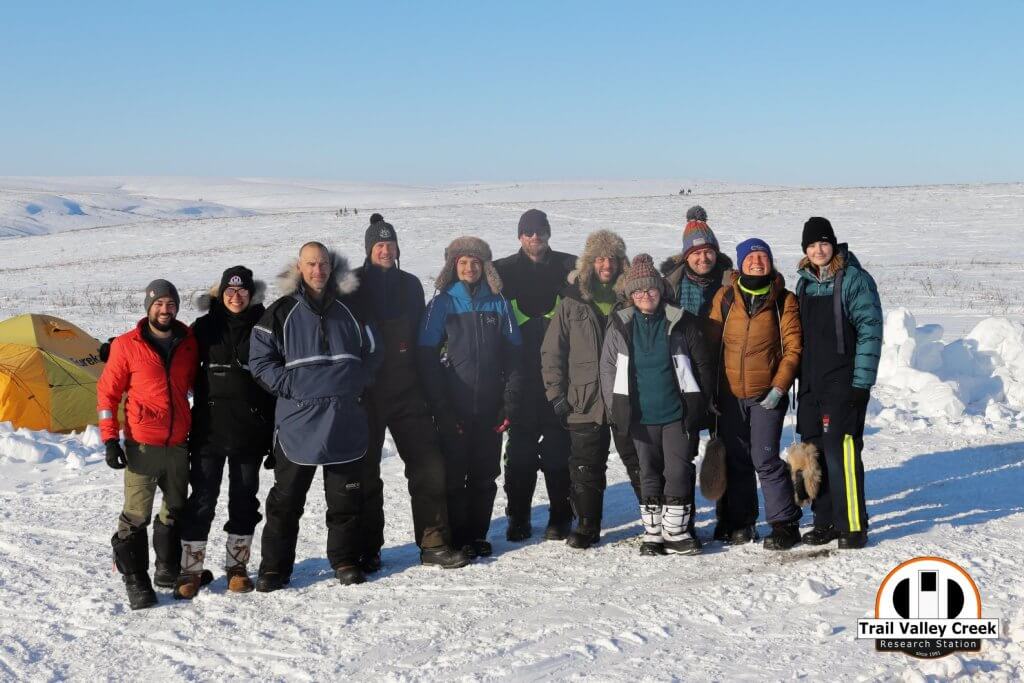
Image 1: March 2022 Field Team. During March 2022 we spent 3 weeks on the Canadian tundra at Trail Valley Creek (TVC), a research site situated north of Inuvik (Northwest Territories, NWT). Our team consisted of researchers from Northumbria University, University of Edinburgh, Wilfred Laurier University, University of Montreal, and Environment Climate Change Canada. We all worked together to investigate the spatial variability in snowpack properties across the area and carbon emissions under the snow. Whilst at TVC, we were working and sleeping in temperatures of -30⁰C.
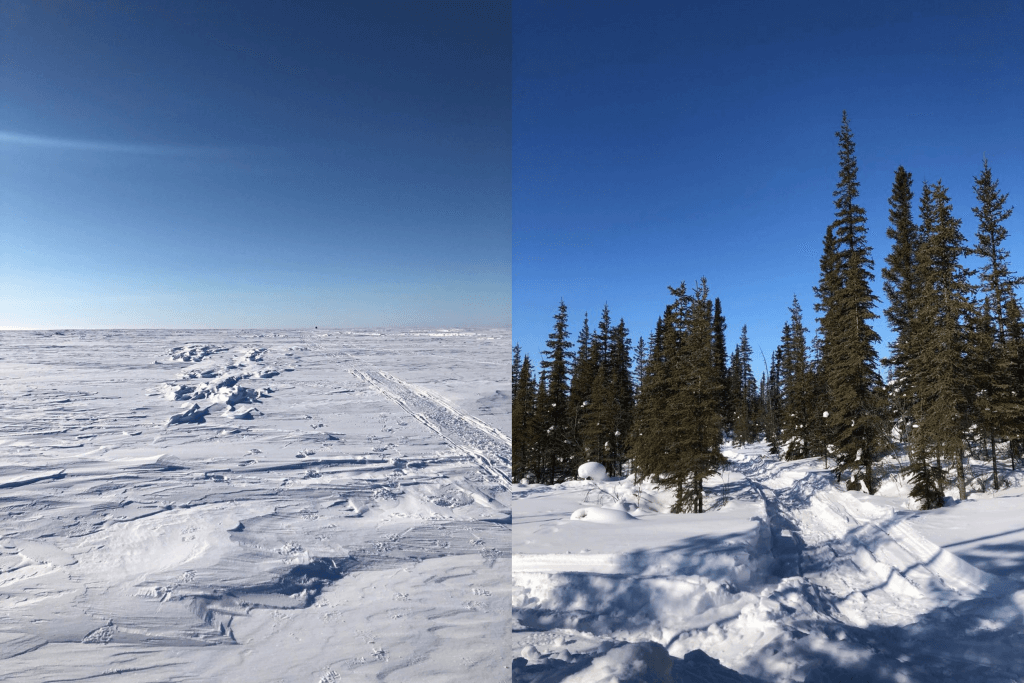
Image 2: Research Locations. Snowpack properties, such as depth and density, vary over the Canadian Arctic due to differences in topography, vegetation, and wind. TVC provides access to a tundra environment (image on the left) where there is little vegetation (small shrubs, lichens, and mosses) and areas exposed to the action of wind. A few kilometers south, the environment transitions from tundra to taiga (image on the right) where there is an increased vegetation density consisting of black spruce evergreen needleleaf trees. Our aim was to take measurements in areas that captured these changes in microtopography. We selected research sites within both tundra and taiga environments as well as locations that reflected the transition between the two.
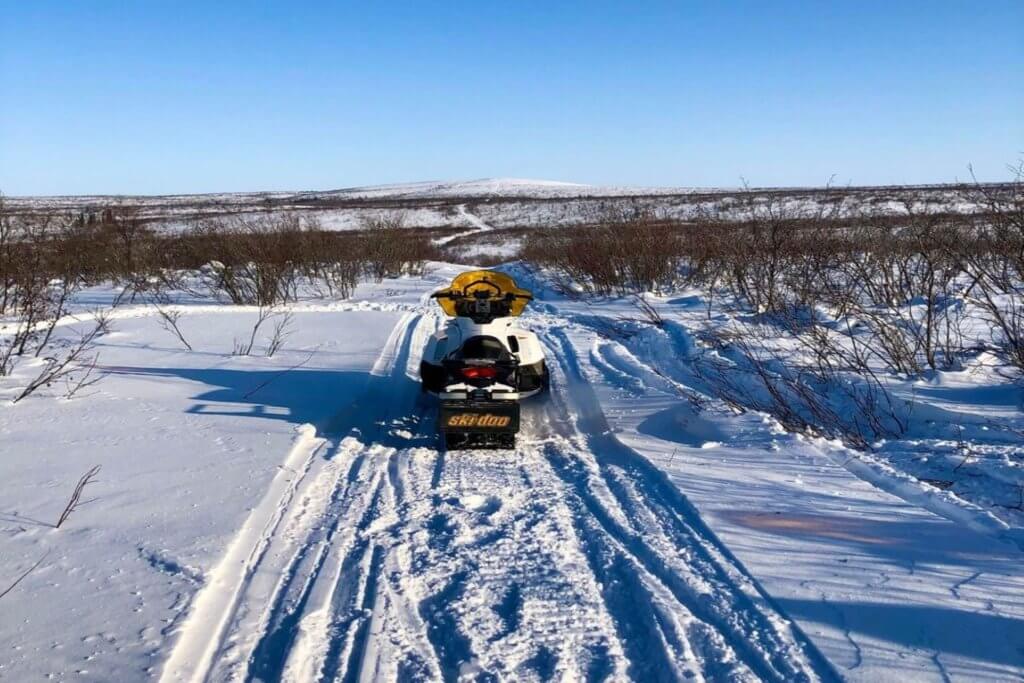
Image 3: Snowmobiles. Accessing our field sites required the use of snow mobiles. They helped us to transport our equipment and make measurements across an area spanning 40km providing us with a large and spatially diverse dataset.
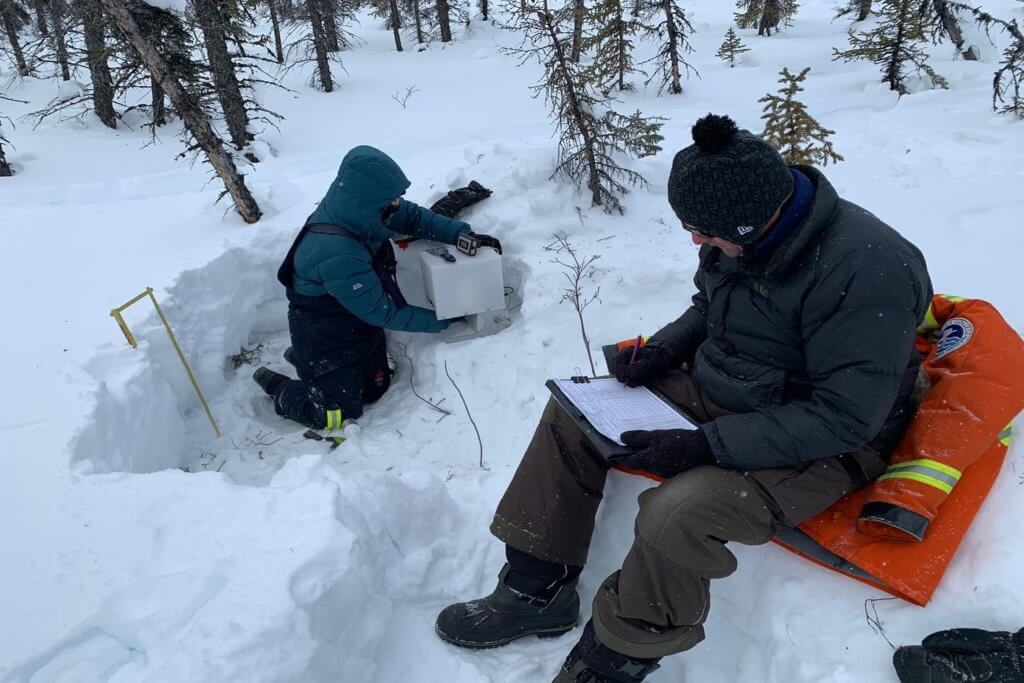
Image 4: Measurements of Snowpack Properties. At each research location, we dig snow pits. Within these pits, we take measurements of the depth, density, specific surface area (SSA), temperature, and the different layering that occurs within the snowpack. The equipment we use includes a density cutter and scales, IceCube (shown in the image below), a temperature probe, and a ruler. These measurements give us detailed information about the snow properties and structure. We can compare these measurements between locations to understand how factors such as wind and vegetation may impact them.
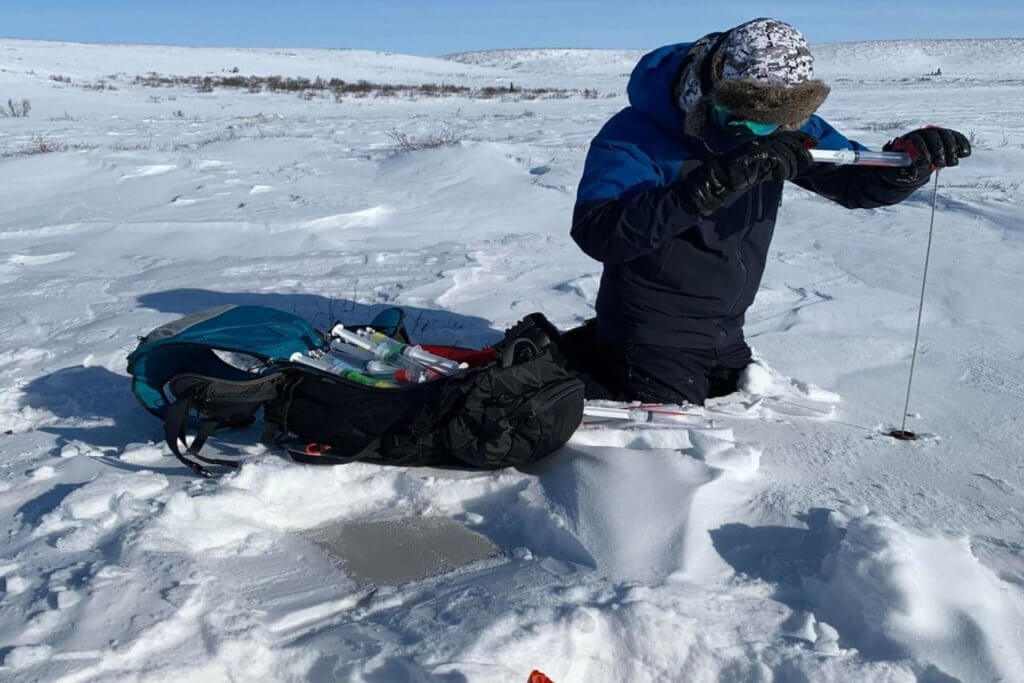
Image 5: Measurements of Carbon Emissions. As well as measuring the snowpack properties, we capture CO2 fluxes that come out of the ground, through the snowpack, and into the air. We do this by placing low-cost gas sensors in the snowpack at different levels or extracting gas samples from the snowpack using a syringe.
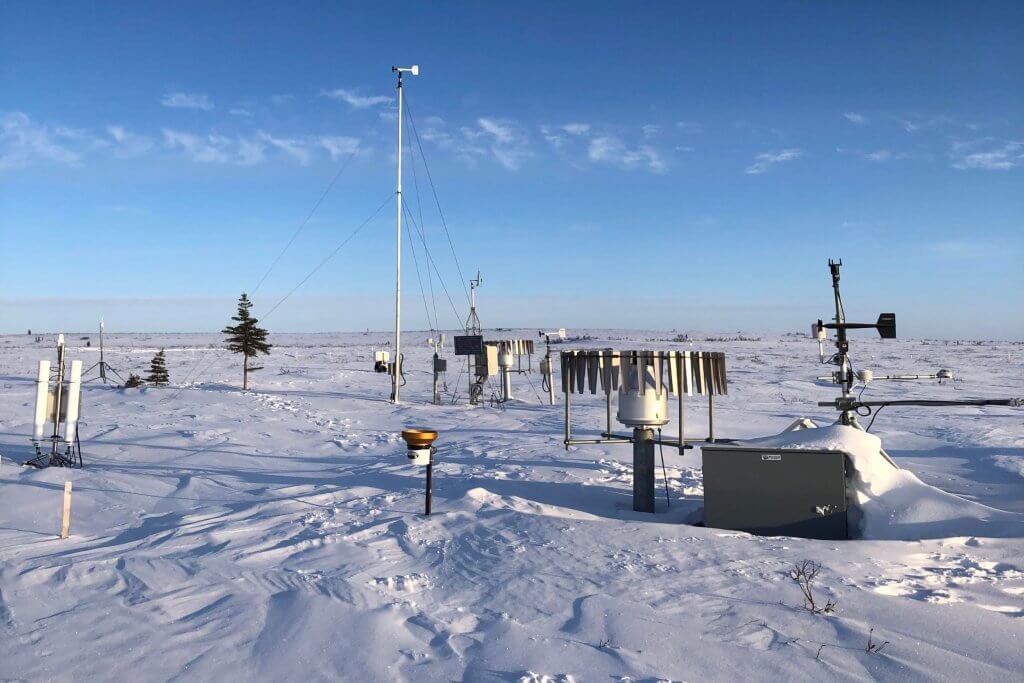
Image 6: Meteorological Measurements and Modelling. We carry out this fieldwork so that we can understand the distribution of snowpack properties and carbon emissions from under the snow. However, we also have a secondary aim of using these measurements to evaluate the ability of land surface models (LSMs) to simulate these same criteria. TVC is home to three meteorological stations (Wilfred Laurier station and Meteorological Service of Canada stations shown below). We make use of the meteorological data to simulate snow and CO2 emissions throughout the Arctic winter.
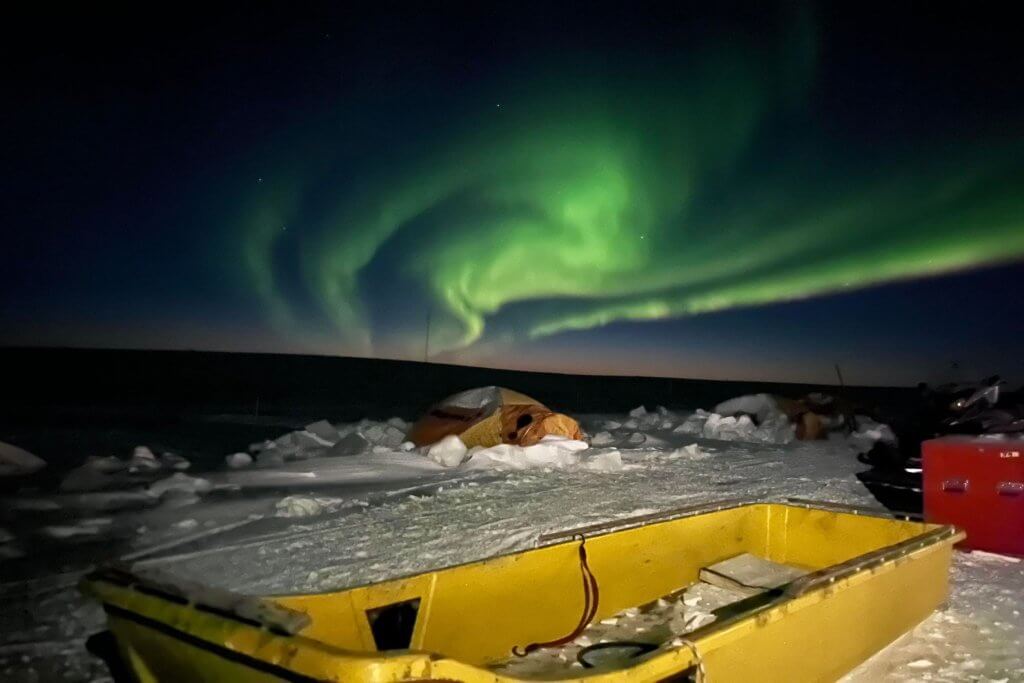
Image 7: Northern Lights. During our time at TVC, we were lucky enough to see the northern lights! The remote location and high latitude of this research site allow this spectacular experience to be a regular occurrence.
Georgina Woolley is a PhD student at Northumbria University. Her work aims to constrain uncertainties in land surface model simulations of Arctic snowpack properties across tundra and taiga biomes. Prior to her PhD, Georgina completed a BSC in Physical Geography and an MSC in Environmental Monitoring, Modelling and Reconstruction at Northumbria University.
